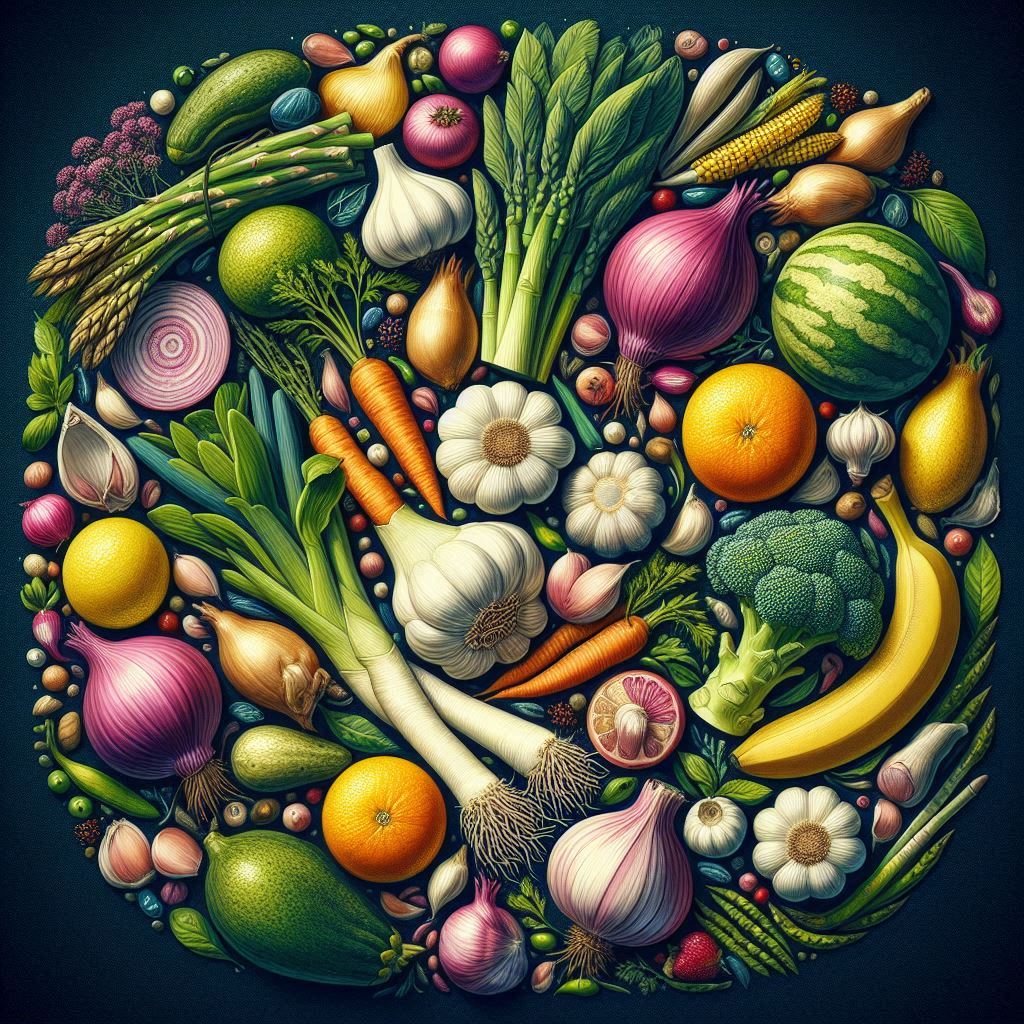Named by the Aztecs "The food of immortality" , this hardy plant has recently regained popularity in the health food scene and is ready to be back in the spotlight.
Amaranth boasts an impressive track record of nutrients and, like other pseudocereals, is a concentrate of proteins . It is in fact a complete protein complex, containing all nine essential amino acids and, with 14% protein, it contains almost double the amount found in rice and corn. In fact, researchers in Guatemala have found it to be one of the most nutritious plant proteins. The benefits of amaranth proteins don't stop there: amaranth also contains lunasin, a peptide believed to have anti-inflammatory and cancer-preventive benefits.
The Amaranthus genus contains over 70 plant species and can be found on all continents , although most species are considered weeds. Only about a dozen of the Amaranthus species have been cultivated by man, selected for their seeds or large leaves but also for ornamental reasons, given the colors and shapes of the plant.

The three species of amaranth grown for their grain production - A. cruentus, A. hypochondriacus and A. caudatus - are not true cereals. Amaranth is a pseudocereal (together with Quinoa, Chia, Acacia and Buckwheat, but not only) and is considered a whole grain, although not part of the grass family (such as Millet, Sorghum, Rice , Wheat, etc.).
In the literal sense, the word pseudocereal has no meaning. Cereal, in fact, is not a botanical term but refers to its use and more or less means "plant whose fruits can be ground to produce flour". Since pseudofarin cannot be produced, the meaning of pseudocereal (literally "false cereal") is immediately elusive.
Amaranth is a majestic and imposing plant and can reach over 2m in height . It is capable of producing large yields, similar to corn , despite the tiny size of the amaranth seeds themselves, which are only about a millimeter in diameter. Amaranth is able to adapt to a wide range of growing conditions and altitudes. This resilience has renewed scientific interest for this marginal crop as the earth warms and the population continues to grow.
Traces of man-made "domesticated" Amaranth are found virtually everywhere, from sites in Central and South America dating back 6,000-8,000 years, to Asia, China and India.
Curiosity : Amaranth seeds can be popped like those of Mais to create new (and small) Popcorn!









Share:
Brown rice flour